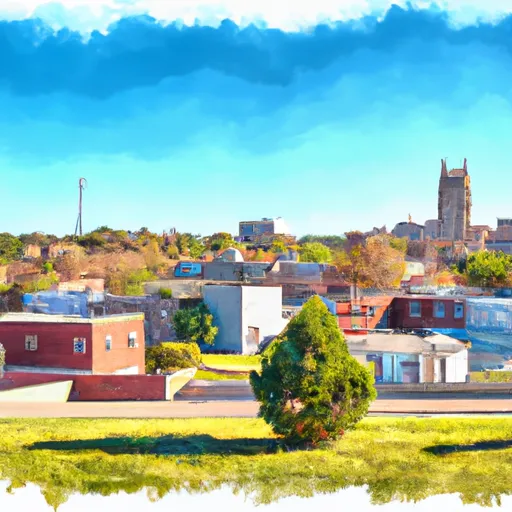°F
°F
mph
Windspeed
%
Humidity











Richland, Missouri is a small town located in Pulaski County, in the central part of the state. The climate in Richland is generally humid subtropical, characterized by hot summers and mild winters. The average temperature in summer ranges from 75°F to 90°F, while in winter it ranges from 20°F to 40°F. The area receives moderate precipitation throughout the year.
Richland is blessed with abundant water resources, including several lakes and rivers. The Big Piney River and Gasconade River flow nearby, offering opportunities for fishing, boating, and kayaking. These waterways are home to various species of fish, including bass, catfish, and sunfish. Additionally, there are numerous streams and creeks in the area, providing additional options for outdoor water activities.
Outdoor enthusiasts can explore the Mark Twain National Forest, which surrounds Richland. This vast forest offers a range of recreational opportunities, such as hiking, camping, hunting, and birdwatching. The forest is also known for its scenic beauty, with rolling hills, lush greenery, and diverse wildlife.
In summary, Richland, Missouri boasts a pleasant climate, abundant water resources, and ample outdoor recreation opportunities, making it an attractive destination for nature lovers and adventure seekers.
Weather Forecast
Richland receives approximately 1110mm of rain per year, with humidity levels near 83% and air temperatures averaging around 13°C. Richland has a plant hardyness factor of 6, meaning plants and agriculture in this region thrive during a short period during spring and early summer. Most plants will die off during the colder winter months.
Regional Streamflow Levels
41
Cubic Feet Per Second
154
Cubic Feet Per Second
1
Cubic Feet Per Second
45
Cubic Feet Per Second
Nearby Camping
| Camping Area | Reservations | Toilets | Showers |
|---|---|---|---|
| Old Lock and Dam 8 | |||
| Camp Robinson RV Military | |||
| Toad Suck Ferry | |||
| Downtown Riverside RV Park | |||
| Woolly Hollow State Park | |||
| Moro Bay State Park |



